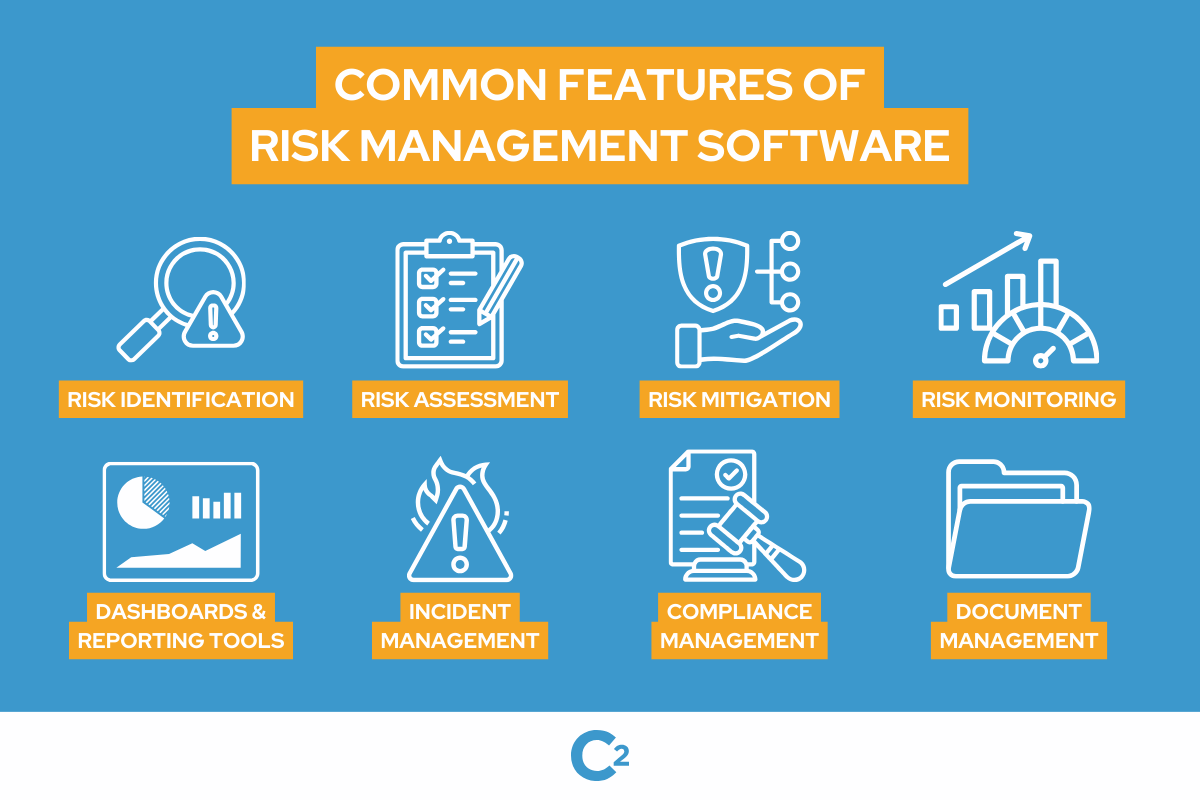In today’s fast-changing economy, many Americans are turning to side hustles as a way to improve their financial stability and build long-term wealth. A side hustle, often defined as any income-generating activity outside of a primary job, has become more than just a short-term fix for extra cash—it’s now a strategic tool for wealth creation. From freelancing online to running small businesses on weekends, side hustles are reshaping the way people think about earning, saving, and investing in the United States.
This article explores how side hustles contribute to long-term wealth in the U.S., why they are becoming so popular, and the practical steps Americans can take to turn part-time work into lasting financial growth.
The Rise of Side Hustles in the U.S.
The American workforce has experienced a major shift over the past decade. With the rise of digital platforms, remote work, and the gig economy, opportunities for side hustles have expanded significantly. According to surveys, more than one-third of U.S. adults now report having a side hustle, and many of them rely on this income not just for paying bills but also for wealth accumulation.
Several factors explain this trend: stagnant wages in many industries, rising inflation, and the desire for financial independence. At the same time, technology has made it easier to monetize skills, hobbies, and interests. Platforms like Etsy, Upwork, and Uber have lowered the entry barriers, allowing people to start earning extra income without massive upfront investments.
Side Hustles as a Path to Financial Security
At the most basic level, a side hustle provides an additional source of income. This extra money can serve as a financial cushion, protecting households from unexpected expenses such as medical bills or car repairs. Having this safety net means individuals are less likely to fall into debt, which is one of the biggest obstacles to wealth building.
But beyond financial security, side hustles can become a tool for achieving financial goals more quickly. For example, extra income can be directed toward:
- Paying off student loans faster
- Building an emergency fund
- Investing in stocks or retirement accounts
- Saving for a home or business venture
Each of these financial moves strengthens a person’s long-term wealth position, creating a foundation for stability and growth.
Turning Side Hustles Into Investment Capital
One of the most effective ways Americans use side hustles to build long-term wealth is by reinvesting earnings. Instead of treating the extra income as spending money, disciplined workers put it to work.
Imagine someone who earns $500 a month from freelance writing. If they invest that amount in a retirement account with an average annual return of 7%, in 20 years, they could accumulate over $250,000. This demonstrates the power of compounding when combined with consistent side hustle income.
Side hustles can also fund entrepreneurial ventures. Many small businesses in the U.S. started as side hustles—such as selling handmade products online or offering consulting services after work hours. By using extra income as seed capital, side hustlers reduce the need for loans and maintain ownership of their businesses, which can grow into significant wealth generators.

Diversifying Income Streams for Wealth Protection
Relying on a single source of income—usually a 9-to-5 job—can be risky, especially during economic downturns. Layoffs, company restructuring, or industry changes can wipe out financial security overnight. Side hustles act as an insurance policy against such risks by diversifying income streams.
For example, someone working in the tech industry might also run an e-commerce store on weekends. If the tech job disappears due to layoffs, the online store still generates income. This diversification not only reduces financial stress but also positions individuals to continue building wealth regardless of job market fluctuations.
Side Hustles and Skill Development
Side hustles don’t just generate money—they also build skills. Many Americans use their side hustle experiences to enhance career opportunities. Learning digital marketing, coding, sales, or creative design through part-time gigs often translates into higher earning potential in primary careers.
These upgraded skills can lead to promotions, salary increases, or even the ability to transition into a more lucrative industry. Over time, the combination of higher career earnings and extra side hustle income compounds wealth-building potential.
Real Estate and Side Hustles: A Wealth-Building Duo
In the U.S., real estate remains one of the most trusted wealth-building vehicles. Side hustles often provide the cash flow needed for down payments, renovations, or mortgage support. For example, someone earning extra income as a rideshare driver might use those funds to save for an investment property. Once purchased, the property can generate rental income, which becomes another passive wealth stream.
This strategy shows how side hustles can act as stepping stones toward long-term asset accumulation, particularly in industries like real estate where upfront capital is critical.
The Psychological Impact: From Hustle to Ownership Mindset
Another overlooked aspect of side hustles is the shift in mindset they encourage. Unlike traditional employment, where income is tied to hours worked, many side hustles reward creativity, initiative, and persistence. This fosters an ownership mentality, encouraging individuals to think like entrepreneurs.
This psychological shift is crucial for long-term wealth building because it motivates individuals to seek opportunities, minimize financial dependence on others, and prioritize growth over consumption. Over time, this entrepreneurial approach creates pathways to sustainable wealth.
Challenges of Side Hustles in Wealth Building
While the potential is significant, side hustles also come with challenges. Time management is a common issue—balancing a full-time job, family responsibilities, and side work can be stressful. Additionally, inconsistent income streams and tax obligations can complicate financial planning.
However, these challenges can be managed with careful planning. Setting clear goals, automating investments, and consulting with tax professionals ensure that side hustle earnings truly contribute to wealth rather than being lost to poor management.
Practical Tips for Using Side Hustles to Build Wealth
For Americans looking to transform side hustles into wealth, here are some actionable strategies:
- Treat side hustle income as investment money, not extra spending money.
- Automate transfers of earnings into savings or investment accounts.
- Track expenses to maximize tax deductions.
- Focus on scalable side hustles that can grow into businesses.
- Continuously improve skills to increase side hustle earning potential.
By implementing these practices, individuals can ensure that their side hustles play a long-term role in wealth creation rather than just short-term financial relief.
Conclusion
Side hustles in the U.S. are no longer just a trend—they are a powerful tool for financial growth and long-term wealth building. By providing additional income, creating investment opportunities, diversifying earnings, and encouraging entrepreneurial thinking, side hustles allow everyday Americans to take control of their financial futures.
When managed wisely, the money earned from a side hustle can compound into significant assets, fund real estate purchases, and secure retirement savings. More importantly, side hustles empower individuals to move beyond financial survival toward true financial independence.




